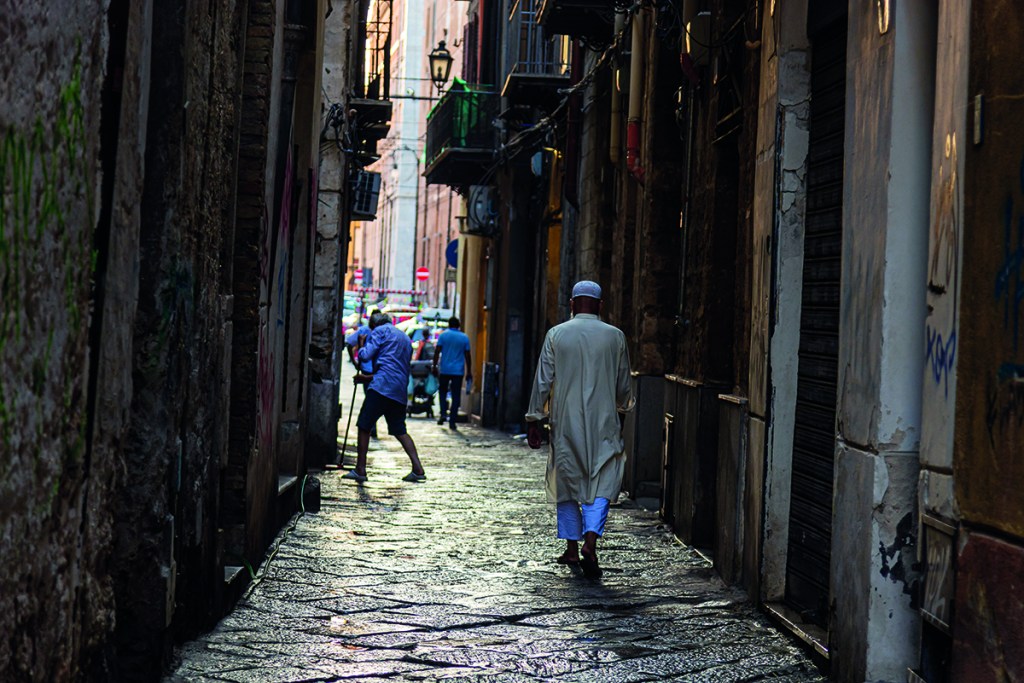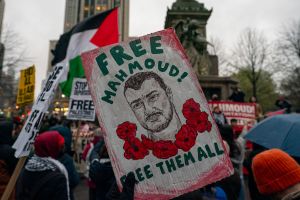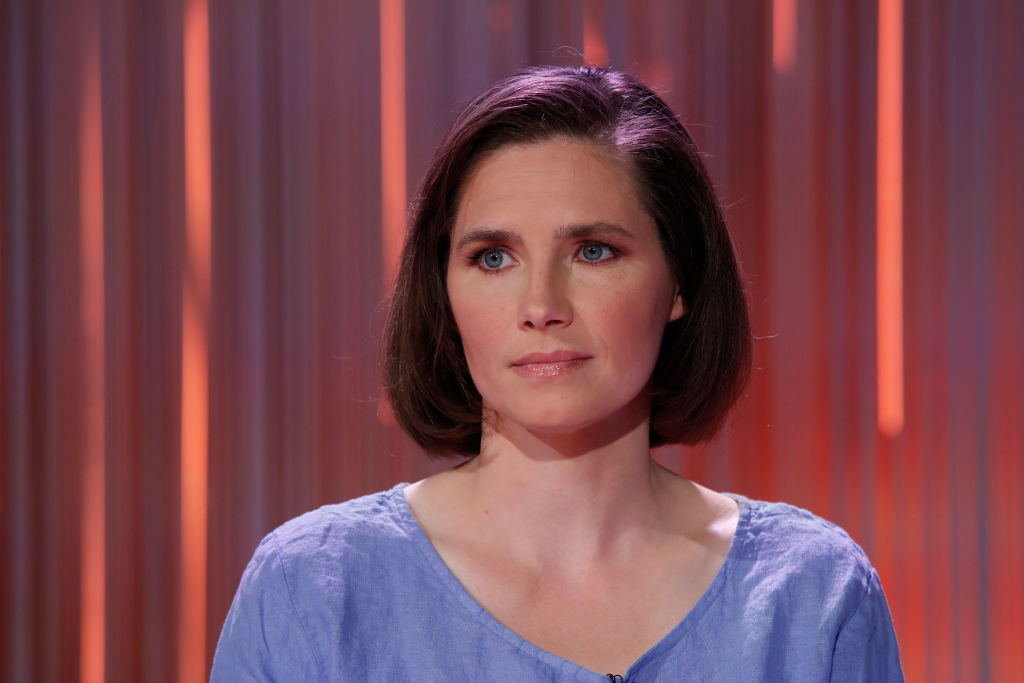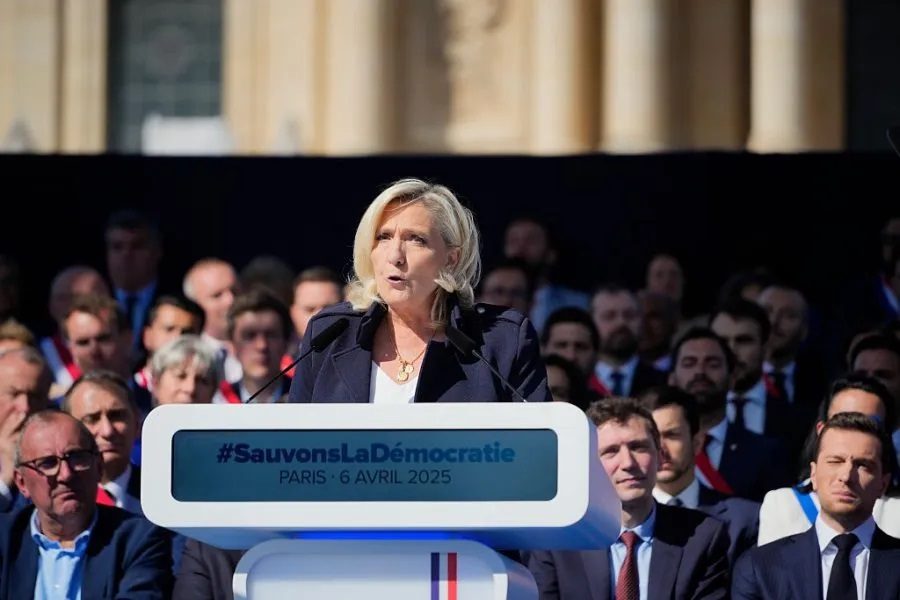This article is in The Spectator’s February 2020 US edition. Subscribe here.
On a wet November evening, Leoluca Orlando, the mayor of Palermo, sat in the front pew of a church on the city’s main thoroughfare. He, like the citizens proliferating behind him, was waiting for the concert to begin. The setting and the seating order had a provincial air, like something out of an Upamanyu Chatterjee novel. But Orlando, the man who squeezed the Sicilian mafia, has a cosmopolitan vision.
Orlando has converted Palermo, a major gateway for the masses pouring out of Africa and the Middle East, into perhaps Europe’s least administratively hostile city to prospective settlers. Its shores grant the continent’s warmest reception to boats bearing trafficked human cargo. Often, Orlando is personally on hand to greet men, women and children as they disembark.
Palermo at first glimpse upends many assumptions about migration. It is a poor city — one of the poorest in Italy — yet there appears to be no serious backlash against incomers. The right hasn’t been able to frustrate Orlando by capitalizing on shifting demographics: two years after he won in a landslide, the creed of openness he so unapologetically professes, far from shrinking, predominates in the city.
The motif of Palermo’s second Biennale Arcipelago Mediterraneo (BAM), held this winter, was the menace of borders. Pegged to the 30th anniversary of the collapse of the Berlin Wall, the Biennale’s central theme — topical but overdone — ran the risk of being written off as trite. BAM’s achievement was to have conscripted an incandescent cast of artists whose works endowed their subject with a haunting force.
‘There is No Border Here’, by the young Indian artist Shilpa Gupta, walled off Palermo’s city hall with metal barricades that gave the illusion of being an extension of the building’s security features. They radiated a strange power to regulate the movement of passersby; up close, however, they looked wasteful. In ‘Europe 11 Novembre 2015’, Francesco Arena, a native of Italy, powerfully memorialized the border closure between Slovenia and Croatia at that time with a coiled, 1.3 mile-long ribbon fashioned from discarded objects. Next to it played the Israeli artist Gili Lavy’s striking film Furlong, which sifts through the geological structure of the earth in search of an unspoiled, unclaimed terra nullius.
The BAM collection, amplifying the political sensibilities of Palermo’s artistic community, felt at home here. But the lofty ambition of the project — to transcend borders — prompted the question: how might other cities in Europe receive its message? And how immune, I wondered, is Palermo itself from the resentments incubated elsewhere by the influx of outsiders? Orlando likes to say that, in Palermo, ‘the dog and the cat and the mouse go hand in hand’. He insists in one breath that the city is exceptional — and complains in the next that the exception isn’t the rule in Europe.
There is, in truth, deeper stratification than he will admit. Bangladeshi migrants, harried by the mob, form a tightly knit community. The Nigerian mafia is such a potent force now that some say it will soon supplant the Sicilian one. The profusion of tropical foods in the bustling bazaar lanes of Ballaro — one of the last stomping grounds of the old crime lords — and the replacement of stodgy Arborio rice with fluffy basmati in risottos by otherwise orthodox Italian chefs evince the wonderful possibilities of cultural amalgamation. But the snatches of discontent, dismay and indignation audible on the streets betray the bitterness fermenting beneath the surface.
How Palermo emerges from the past four years, when Sicily added at least 400,000 new members to its existing population, will depend on how Orlando manages the intensifying diversity of the city. The mayor often reminds people that Palermo is a palimpsest of history: a proud product of reigns by Byzantine, Arab and Norman overlords (though the extravagant claims of tolerance made for Saracen imperialists, whose siege of Syracuse in AD 878 changed the fortunes of Palermo, bear very little resemblance to their actual rule). But platitudes about the past are unlikely to adequately safeguard against eruptions in the future.
On the evening that I saw him, Orlando, like his great and mystifying city, looked relaxed as he held court in the front row. The performance was scheduled to begin at eight. Almost an hour in, there was no sign of the band. This was stupefying even for a congenitally cunctative Indian like me. But nobody around me seemed to mind. We left and raced to the Teatro Massimo to catch a concert of Ligeti. ‘Ladies and gentleman,’ a voice announced as we settled into our box in the nosebleed reaches of that glorious building, ‘due to a delay the performance will begin 30 minutes later than advertised.’
This article is in The Spectator’s February 2020 US edition. Subscribe here.


























